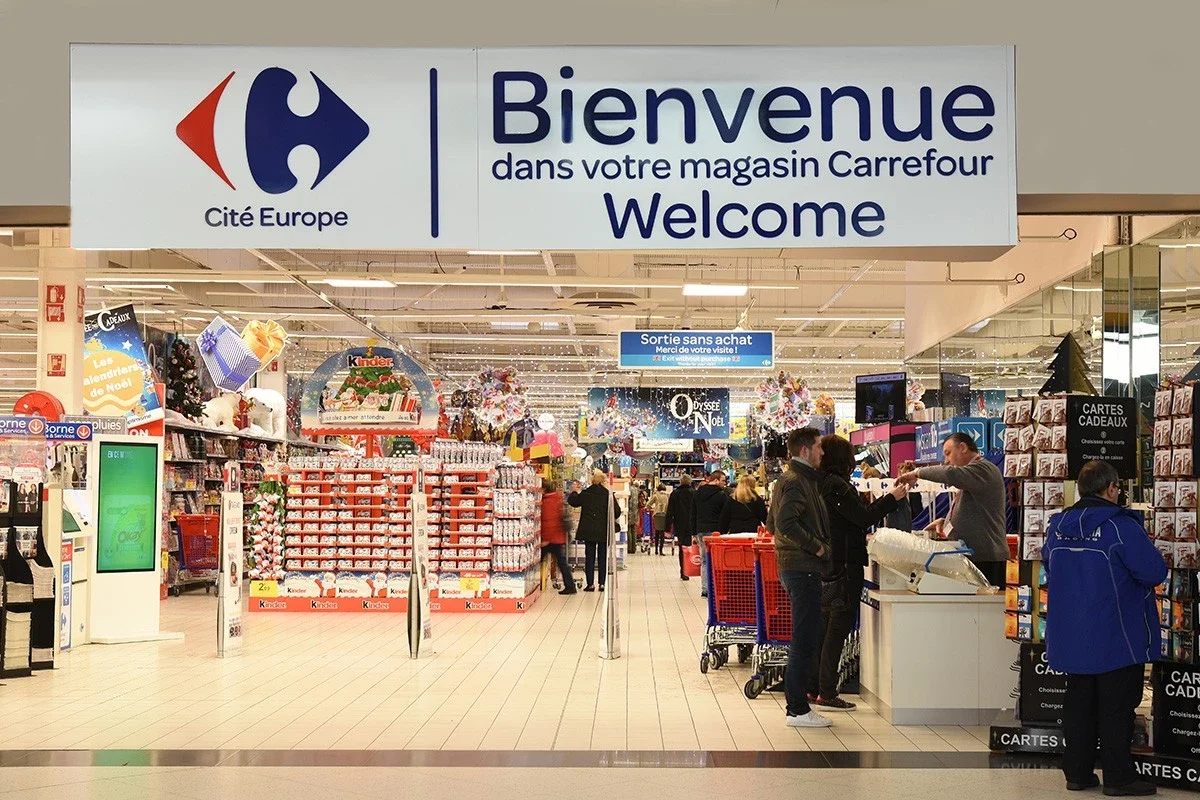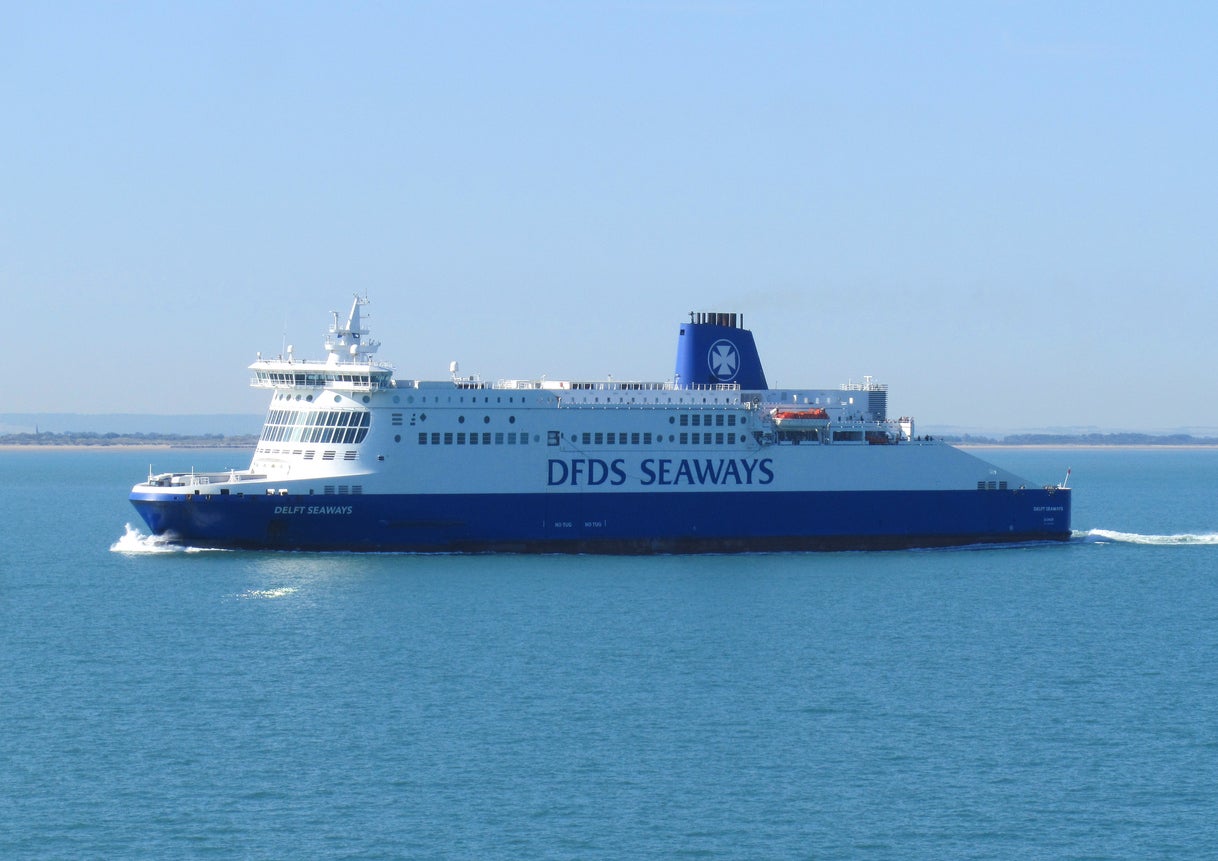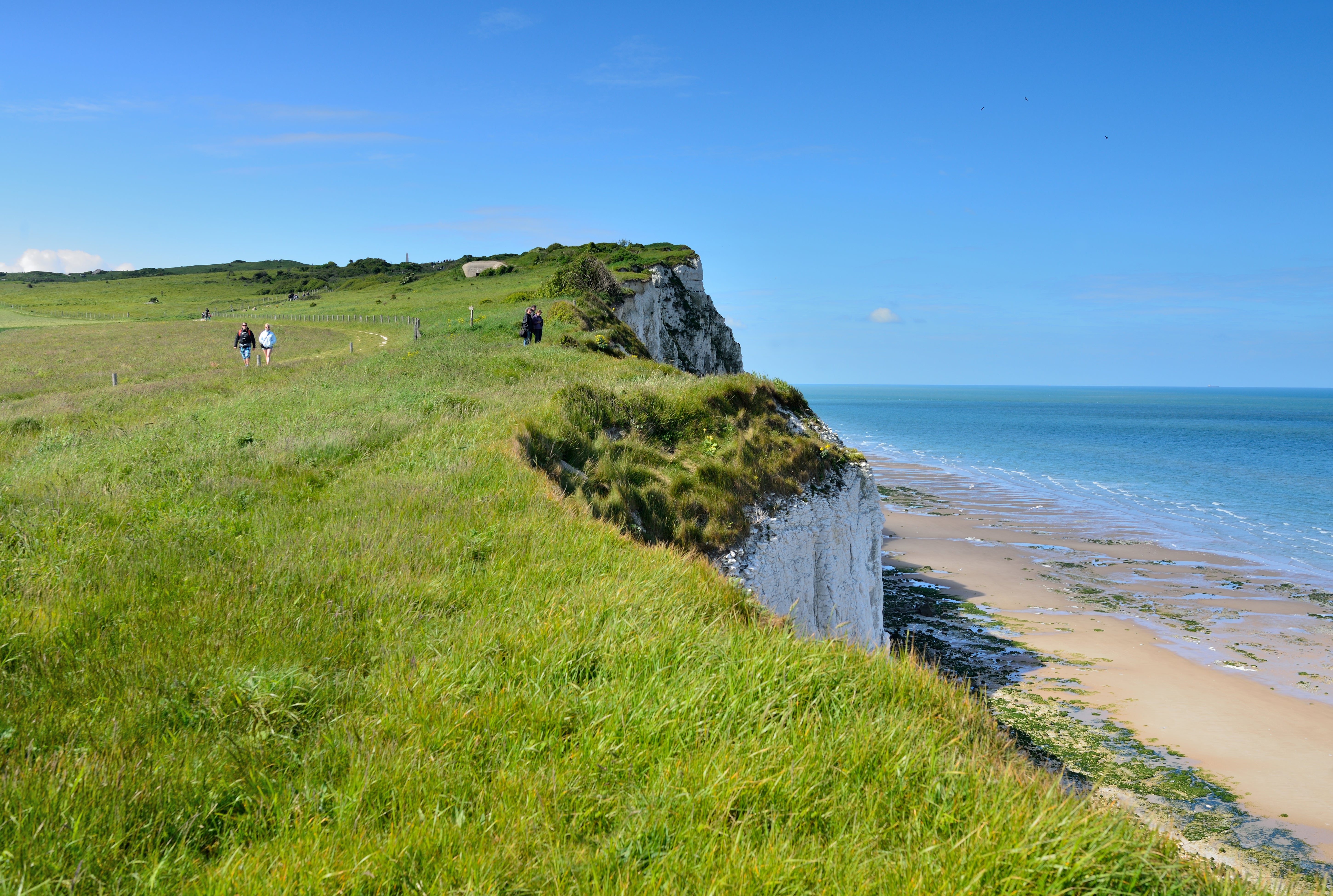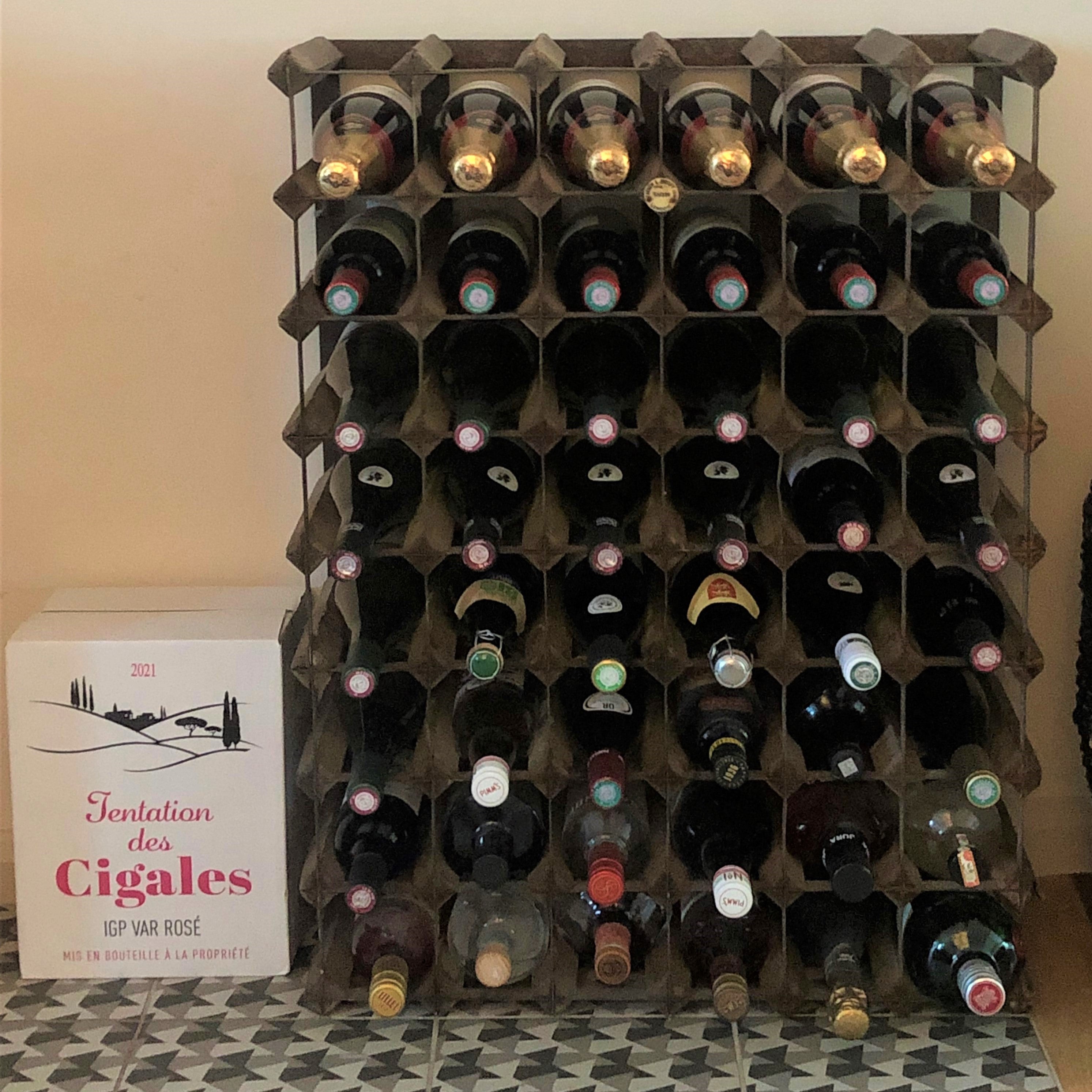Has Brexit killed off the booze cruise? How to get the most out of a French shopping trip by ferry
The UK’s departure from the EU may have changed things for this ferry-based shopping ritual but it can still be done. Here’s how to make the most of yours, says Chris Newlands

It all started with the wine rack, which had been glaring back at us, near-empty, since we bought it five years ago. It holds 48 bottles.
During the first year of ownership my girlfriend and I had managed to half fill it on a semi-regular basis, but as time passed and lethargy crept in we barely managed to populate the top row.
The straw that broke the camel’s back was catching my two-year-old stowing her beaker of milk in the rack, making it the only item present aside from a half-drunk bottle of squash. We needed to stock up. We needed a booze cruise.
For anyone unfamiliar with this very British tradition, a booze cruise amounts to a short trip by ferry from Britain to France with the sole aim of buying vast quantities of cheap alcohol. This was to be our maiden voyage.
We checked our diaries and booked a car ferry to Calais, with the sole intention of raiding one of the port’s giant hypermarkets on arrival and filling our boot (along with the back seats) with as much cut-price wine as we could carry. To add some much-needed glamour to the trip, we also made a reservation for the night at a hotel a 20-minute drive along the coast.
We then booked the in-laws for childcare and began dreaming of a full wine rack living out its full potential. By our estimations, we would return to the UK with around 200 bottles.

But we hit an immediate snag. In the almost two-year fog of Covid-19, we had forgotten about the implications of Britain leaving the European Union. In short, Brexit is bad news for wine racks. Were we still part of the EU, my partner and I would have been able to return to Dover with as much alcohol as we could cart, so long as it was intended for our own consumption.
Post-January 2021, however, things are a lot less generous. Brexit reintroduced strict limits on what you can bring back from the EU, restrictions that have not been in place since 1993. These days, you can bring back 18 litres or 24 bottles of wine; for beer the limit is 42 litres; spirits are capped at four litres total; while sparkling wine is a strict nine litres or 12 bottles.
Fortunately, those limits are per person not per car, something we only realised once we were already on the ferry over. Suddenly, our miserly alcohol allowance doubled before our eyes. The excitement was only tempered by the thought that we should have crammed my teetotal but allowance-boosting sister in.
Suddenly, our miserly allowance doubled before our eyes. The excitement was only tempered by the thought that we should have crammed my sister in
Our ferry departed Dover at 9.15am, landing in Calais at 11.45am local time. We had taken advice from friends – booze-cruise aficionados – on the best hypermarché to visit, and so it was that we made a beeline for the rather unglamorous Carrefour at Cité Europe, a shopping centre less than a 10-minute drive from the ferry port. It is one of the biggest hypermarchés in France.
Our plan was to load up on bottles first, have a cheap lunch somewhere nearby afterwards, and then drive the 20 minutes to La Ferme du Vert, the former Napoleonic farmhouse (now B&B) we’d booked in the village of Wierre-Effroy.

We quickly realised we should have done lunch first, supermarket sweep second. Buying 48 bottles of wine takes longer than you might think and – although fun and cost-effective – it is hungry work. Filling trolleys and working as a team, we racked up a receipt for €300 (£262). For that we picked up 48 bottles of wine, split roughly evenly between red and white, as well as six bottles of Champagne, 52 small bottles of beer, two bottles of cider, two bottles of olive oil and a healthy assortment of cheese.
According to our estimates, our haul would have cost double that at our local Sainsbury’s. It certainly felt like a bargain as we wrestled it back to the car.
Buying 48 bottles of wine takes longer than you might think and – although fun and cost-effective – it is hungry work
After a ravenous-at-this-point lunch at a slightly ropey Japanese joint in the same shopping centre – you might want to find somewhere more Francophile-friendly – we headed to our overnight base. Delightfully, this involved following a tranquil road that meandered through pretty French villages and alongside cow-grazed fields. Our restocking mission complete, it dawned on us that we were in France, with potential fun to be had.
La Ferme du Vert was not the pretty little farmhouse we’d expected – it was in fact a charming château with an impressive courtyard, light-filled breakfast room, games room that doubles up as a bar, and an acclaimed restaurant. All for €120 a night (not including dinner). The rest of the day zipped by quickly: a walk into the nearby village, a nap, a cocktail in the bar and a three-course dinner.

For the hardened booze cruiser, an overnight stay isn’t essential; you could conceivably get the ferry over at a comfortable 8.30am and back at 7pm, with plenty of time for lunch and shopping in between. But the surrounding Calais countryside is lovely (and underrated); and, babysitters arranged, we were very grateful for the downtime.
We treated ourselves to a 10am lie-in followed by an invigorating circular three-mile coastal walk through the nearby Deux Caps nature reserve
The following morning, we treated ourselves to a 10am lie-in followed by an invigorating circular three-mile coastal walk through the nearby Deux Caps nature reserve, ending in another lunch at a family-run neighbourhood restaurant. Although the interiors seemingly hadn’t been updated since the 1960s, it served up very simple but tasty moules mariniere and steak frites.
So how was the trip? Intoxicating. The post-Brexit limits meant we weren’t quite able to fill up the car to groaning point as we had hoped, but we still managed to buy enough to keep the wine rack happy. Moreover, the savings we made on what we could bring back more than covered the cost of the trip.
Brexit has not quite killed off the Calais booze cruise, it seems – it just means you might have to make the trip more often. Which is no bad thing, as we found out.
Getting there
P&O Ferry, DFDS and Irish Ferries all operate from Dover to Calais, with fares from £68 one way per car of four.
Join our commenting forum
Join thought-provoking conversations, follow other Independent readers and see their replies
Comments
Bookmark popover
Removed from bookmarks